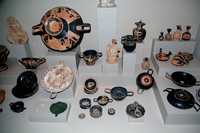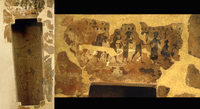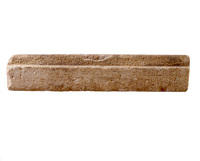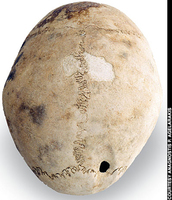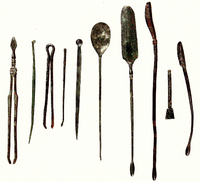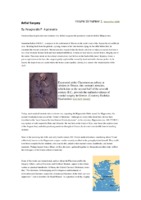Archaeological museum of Avdira
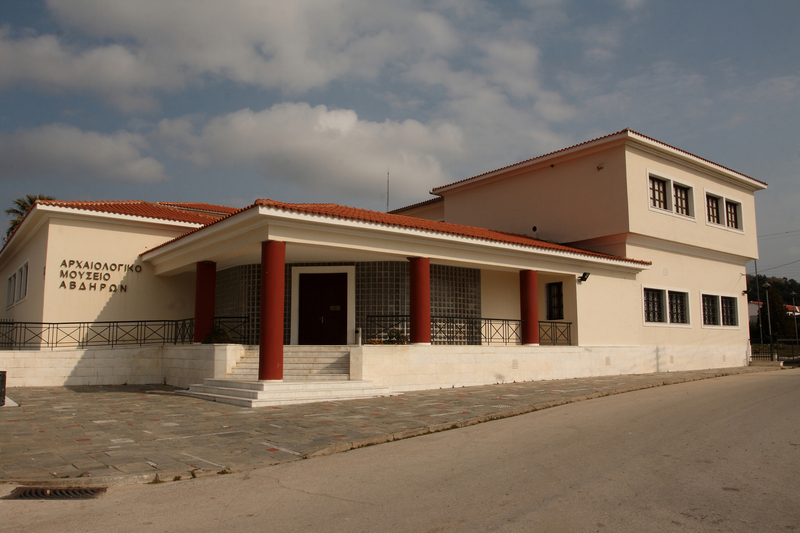

In the first two sections are exhibited several items which were used in the everyday life of the inhabitants of Abdera, items such as: coins, various tools ( medical instruments, hooks for fishing etc), spindle whorls and loom weights for the loom, mirrors, jewelry, perfume bottles made from glass and alabaster, kitchen utensils and several more items.
In the section talking about the Burial Customs, there are some impressive representations of the graves. The personal belongings of the deceased person or even other valuable items which got placed inside the grave, in other words the offerings as well as the tombstones and the skeletal remains, as they got revealed during the excavations, are exhibited. In addition, representations of the graves containing the remains of the dead are among the items which are exposed in the museum. The arrangement of the funerary objects in combination with the low lighting conditions and other museological elements create evocative atmosphere, referring to the world of the dead.
In the picture you can see one of the two sarcophagi of “Clazomenian” type which are exhibited in the Museum. You can also see in greater detail, the large surface of the top of the sarcophagus, which is named cushion and represents the myth of Troilus: Troilus was the youngest son of Priamos and got killed by Achilles.
Inscription text: Ermonax, the son of Dionysa, who also comes from the generation of Eurysthenis, offers this dedication to the hero who lives in the middle of the city and listens to our prayers. Ermonax, son of the Lord Dionysa, who also comes from the generation of Eurysthenis, lived in Abdera towards the end of the 4th century. So what do we know about him? We know that he was in charge of the mint, like his father. We also know that his wife was called Archinassa. Furthermore, we know that he dedicated to the Eponymous Hero of the City a statue. Do you think that these are not enough? Propably not… And if you have any doubt about the fact that he was a scion of the ruling class, the names talk for themselves: His name means “King Hermes”, while the name of his wife contains the word Anassa i.e. queen. As for his father, not everyone could get named as Dionysa considering that the patron deity of the city was god Dionysus. One more thing: archaeologists and historians have evidence and believe that members of this family belonged to the upper clergy.
Arts and sciences were very advanced in the ancient Abdera. This statement is confirmed by a very important discovery. In the early 1980s, an archaeological research revealed skeletal remains of a young woman, remains which were thoroughly studied by experts and were presented to the scientific community. It is about a successful cranial surgery which was held in the late 7th century BC, by qualified doctors from Klazomenes, who came during the first colonization effort.
Medical science and its practice, was present at Abdera, long before it was established and systematized, by the father of medicine Hippocrates approximately after two hundred years. Among the several writings which we inherited by Hippocrates and his students, there is also his famous work “About the wounds on the head”. Hippocrates visits Abdera during his 3 year staying at Thassos, at the end of the 5th century, in order to examine the health problems faced by the great philosopher Democritus. At the Archaeological Museum of Abdera are exhibited today several medical instruments of the Roman era, which came to light during excavations which took place in the region.


